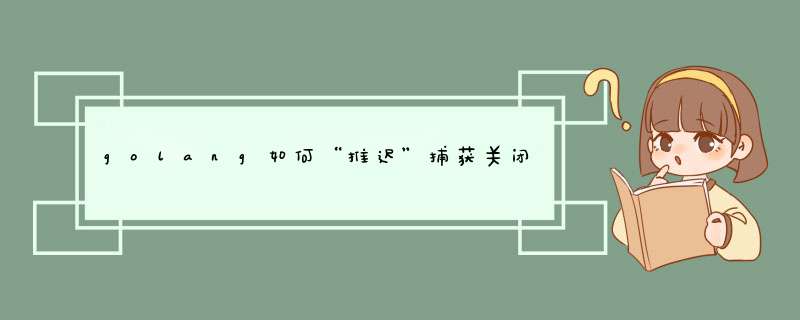
package mainimport "fmt"func main() { var whatever [5]struct{} for i := range whatever { fmt.Println(i) } // part 1 for i := range whatever { defer func() { fmt.Println(i) }() } // part 2 for i := range whatever { defer func(n int) { fmt.Println(n) }(i) } // part 3} 输出:
0
1
2
3
4
4
3
2
1
0
4
4
4
4
4
问题:第2部分和第2部分有什么区别?第3部分为什么第2部分输出“44444”而不是“43210”?
“第2部分”闭包捕获变量“i”。当闭包(稍后)中的代码执行时,变量“i”具有在范围语句的最后一次迭代中具有的值,即。 ‘4’。因此4 4 4 4 4
输出的一部分。
“第3部分”没有捕获其关闭中的任何外部变量。正如specs所说:
Each time the “defer” statement executes,the function value and parameters to the call are evaluated as usual and saved anew but the actual function is not invoked.
所以每个被称为的函数调用都具有不同的’n’参数值。在执行延迟语句的时刻,它是’i’变量的值。因此
4 3 2 1 0
部分输出因为:
… deferred calls are executed in liFO order immediately before the surrounding function returns …
要注意的一点是,当defer语句执行时,’defer f()’中的’f()’不执行
但
在延迟语句执行时,会对’defer f(e)’中的表达式’e’进行评估。
总结以上是内存溢出为你收集整理的golang如何“推迟”捕获关闭参数?全部内容,希望文章能够帮你解决golang如何“推迟”捕获关闭参数?所遇到的程序开发问题。
如果觉得内存溢出网站内容还不错,欢迎将内存溢出网站推荐给程序员好友。
欢迎分享,转载请注明来源:内存溢出

 微信扫一扫
微信扫一扫
 支付宝扫一扫
支付宝扫一扫
评论列表(0条)